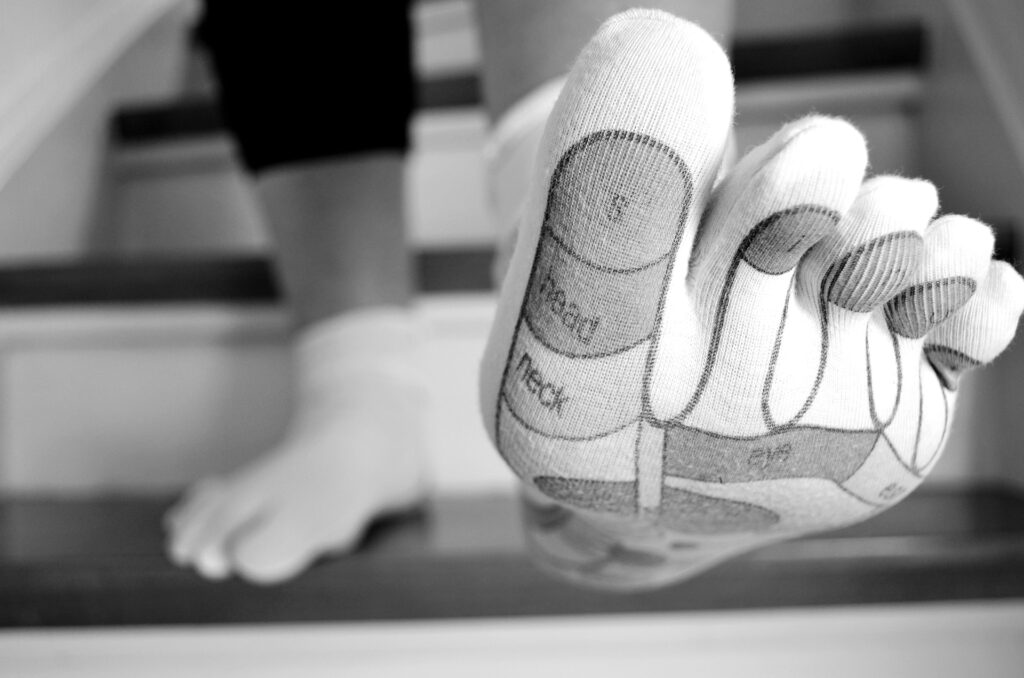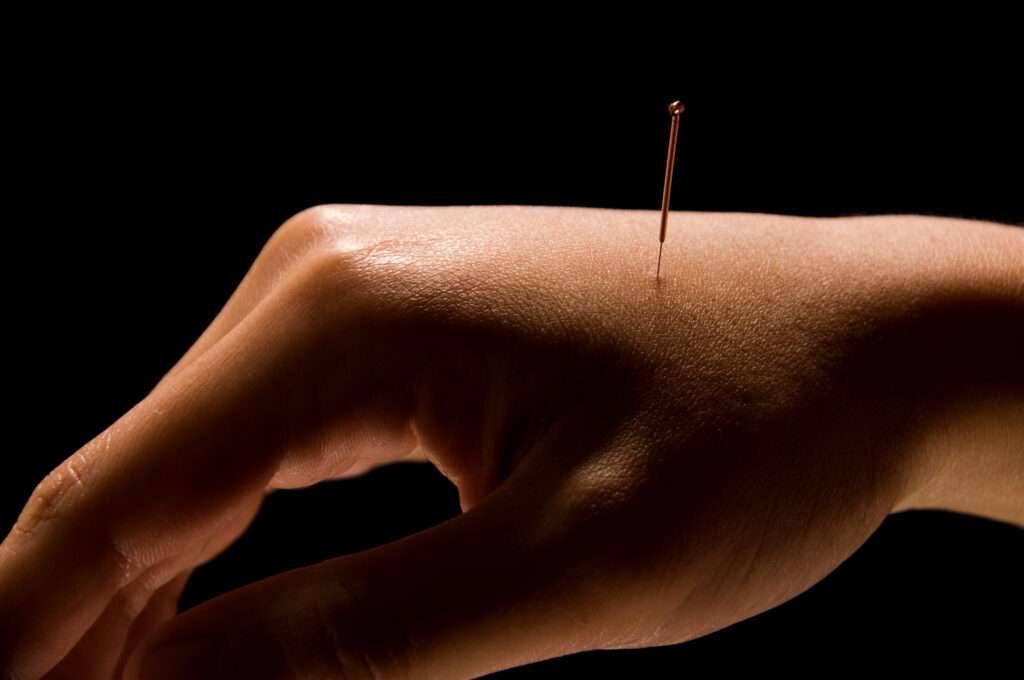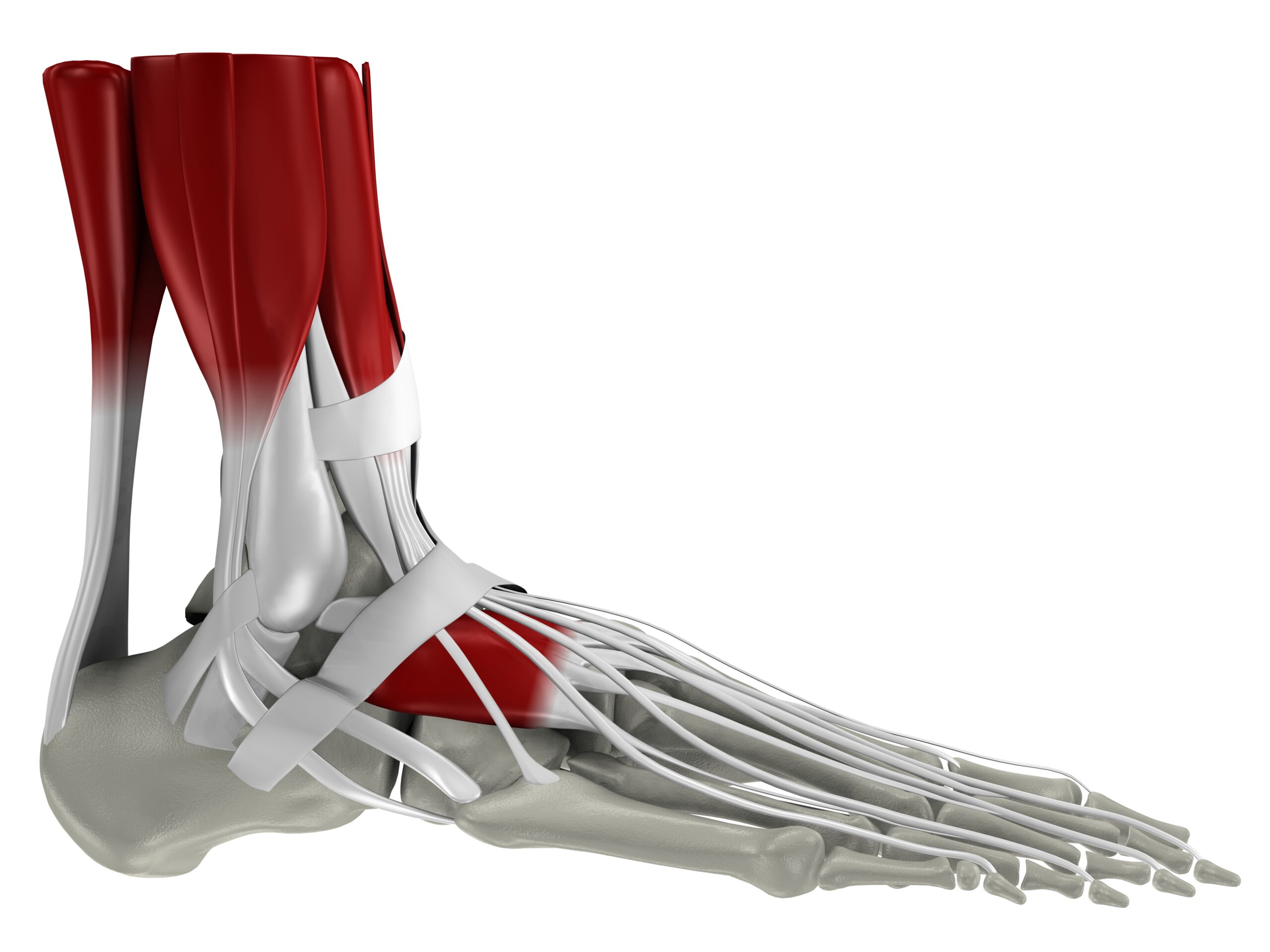Heel spur, or Plantar fasciitis, is foot pain and inflammation. Patients often come to the clinic after trying to relieve the pain with unhealthy painkillers and anti-inflammatory medications and after spending a lot of money on expensive shoes and special insoles.
A simple and natural treatment for plantar fasciitis will heal the leg instead of constantly avoiding putting pressure on the affected area as a solution. In this article, we will review the most effective natural treatments for heel spur.
Table of Contents
What is Plantar Fasciitis?
Plantar Fasciitis is a common condition affecting about 10% of the population. Its high prevalence is mainly in men, runners, and middle-aged women. The condition is sometimes called by people heel spurs because, in some cases, an X-ray shows a slight protrusion of a bone that looks like a spur thorn. Because of the pain, it is like a stinging thorn.
The role of plantar Fascia is to maintain the arch of the foot. It is a connective tissue that connects the heel with the beginning of the toes. Although the source of the pain is not always this protrusion, we will find inflammation in the plantar Fascia.
The Plantar Fascia comprises muscles and tendons and is basically like a cable system whose job is to maintain the foot’s arch. The foot consists of three arches with a shock absorber’s function. Imagine the load that this tissue has to absorb every day. Overloading the plantar Fascia causes minor tears to form in the tissues, which creates inflammation in the area. The pain creates a feeling of a thorn in the foot in the heel area. The pain is especially severe in the morning after the leg rests at night, which creates a shortening of the Fascia, and suddenly it requires effort when standing. Similarly, it can cause pain when getting up from an extended sitting, after prolonged standing, or during a long run.
Risk factors for Plantar Fasciitis
* Obesity or sudden weight gain.
* Sudden physical exertion for people who are not fit.
* Shoes that do not absorb shocks in the heel area.
* Changes in running habits (frequency, duration, and surface).
* Work involving prolonged standing.
* Achilles tendon shortening and limitation in the dorsal flexion of the foot –
It is the most significant risk factor of all the above.

Plantar Fasciitis treatment, according to Western Medicine
Conventional medicine is mainly conservative, involving wearing suitable shoes and special insoles and giving rest to the feet. In addition, if necessary, using painkillers, steroid injections, sound waves, or shock waves can help, and in severe cases, apply surgery.
Plantar Fasciitis Treatment Methods in Alternative Medicine.
Many people seek natural treatment because Western medicine often does not give results or requires dependence on special and expensive insoles or shoes. The use of medication over time is not justified in the case of a simple problem like a heel spur. 100,000 Americans die each year from prescription drugs, and living on painkillers, anti-inflammatory drugs, or steroids is unhealthy. Here are the natural treatment methods for heel spur or foot pain.
Acupuncture for Plantar Fasciitis
The acupuncturist performs acupuncture for Plantar Fasciitis or similar foot pain at points that open energetic blockages and restore harmonious flow to the body. The points for treating foot pain are located mainly in the palms of the hands, ankles, and sometimes the foot itself. Acupuncture effectively reduces inflammation; pain relief usually comes in the first session.
Release and extension of the ankle muscles, Achilles tendon, and foot muscles are necessary to heal inflammation and prevent pain recurrence after healing.
Chinese medicine says the kidney meridian controls the heel and foot area. According to Chinese Medicine, the kidneys store the energy of the body. Over the years, they may become weak due to an incorrect lifestyle. This approach explains the high prevalence of middle-aged women spurs. Other areas associated with the kidneys are the bones, lower back, and knees, where weakness is present in old age.
An overload explains why runners suffer from heel spurs on the foot and Achilles tendon. These can happen due to too much training, the wrong shoes, or a lack of stretching and muscle release.
Sometimes, due to mental stress, the muscles and tendons throughout the body become very tight, interfering with proper nutrition. In this case, the acupuncturist will use points that relax the muscles and tendons and nourish the joints. Relaxing the muscles helps in recovery but mainly prevents further injuries.
We recommended coming for Acupuncture treatments twice a week. One usually feels some relief after each treatment. In case of kidney weakness, acupuncture should also strengthen the kidneys. You can also add special herbs to support the kidneys (From a Chinese Medicine point of view) given after a personal diagnosis. All this is to prevent the recurrence of the spur but also to avoid additional symptoms related to kidney weakness.
Massaging the feet
Tui na, reflexology, Shiatsu, or any other massage will help treat the foot and heal the inflammation. Combining these treatments with acupuncture can increase the healing effect. The therapist massages the foot, ankle, thigh, and lower back.
Tui na is the Chinese method of physical therapy. Unlike physiotherapy or Western massage, in Tui an, there is a reference to the Chinese diagnosis and massaging along the meridians and the acupuncture points.
Some Chinese medicine practitioners prefer Shiatsu, a Japanese method based on Chinese medicine principles. Shiatsu treatment is slower, gentler, and suitable for foot problems.
Reflexology specializes in treating the feet so that it will be helpful for plantar fasciitis.



